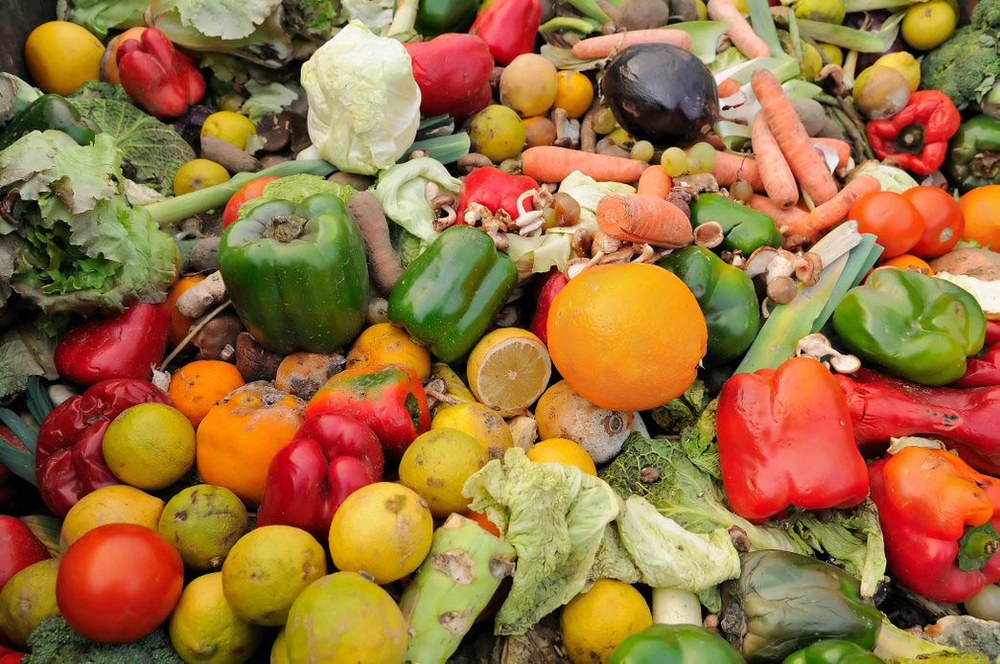Analysis helps fine-tune food, agricultural, and nutritional programs to reduce food waste

Image credit: Adobe Stock
Problem
How can we reduce the amount of food that is discarded in the United States?
Up to 40 percent of the total food supply in the nation goes uneaten, but food waste levels for individual households has been nearly impossible to estimate.
Findings
Penn State researchers developed a novel approach to estimate household-level food waste by comparing household food acquisition data with food energy needed to maintain body weights. Food acquired in excess of metabolic energy needs represented waste.
- The study identified household characteristics associated with different levels of food waste.
- They found that American households waste, on average, almost a third of the food they acquire, or about $1,866 annually, with an estimated aggregate value of $240 billion annually.
Impact
The findings from this research could help inform revisions in food, agricultural, and nutritional programs, with an eye toward reducing the amount of food discarded by Americans and furthering research on individual household food waste.
- Beyond economic and nutritional implications, reducing food waste can help decrease the significant greenhouse gas emissions it causes.
Related Research Area: Integrated Health Solutions
Research Credit
Team
- Edward Jaenicke, Yang Yu
Participating Departments
Competitive Funding
- USDA NIFA (Agriculture and Food Research Initiative), USDA Economic Research Service
Federal and State Appropriations
- USDA NIFA Hatch Project PEN04709, Accession #1019915
Emerging Discoveries
Study suggests U.S. households waste nearly a third of the food they acquire
Published Research
Estimating Food Waste as Household Production Inefficiency
- Yu, Y., & Jaenicke, E. C. (2020). Estimating Food Waste as Household Production Inefficiency. American Journal of Agricultural Economics, 102(2), 525-547. https://doi.org/10.1002/ajae.12036
Office for Research and Graduate Education
Address
217 Agricultural Administration BuildingUniversity Park, PA 16802-2600
- Email agresearch@psu.edu
- Office 814-865-3136
Office for Research and Graduate Education
Address
217 Agricultural Administration BuildingUniversity Park, PA 16802-2600
- Email agresearch@psu.edu
- Office 814-865-3136

